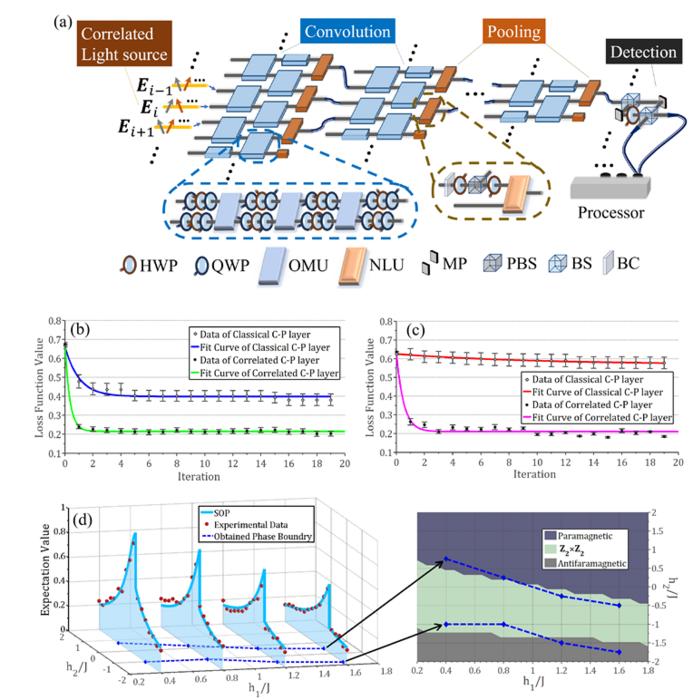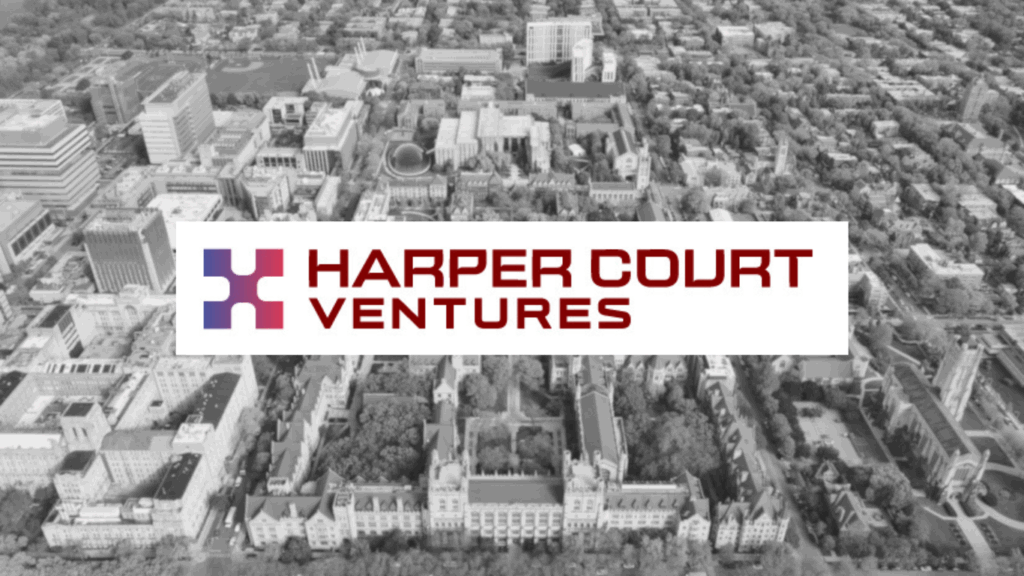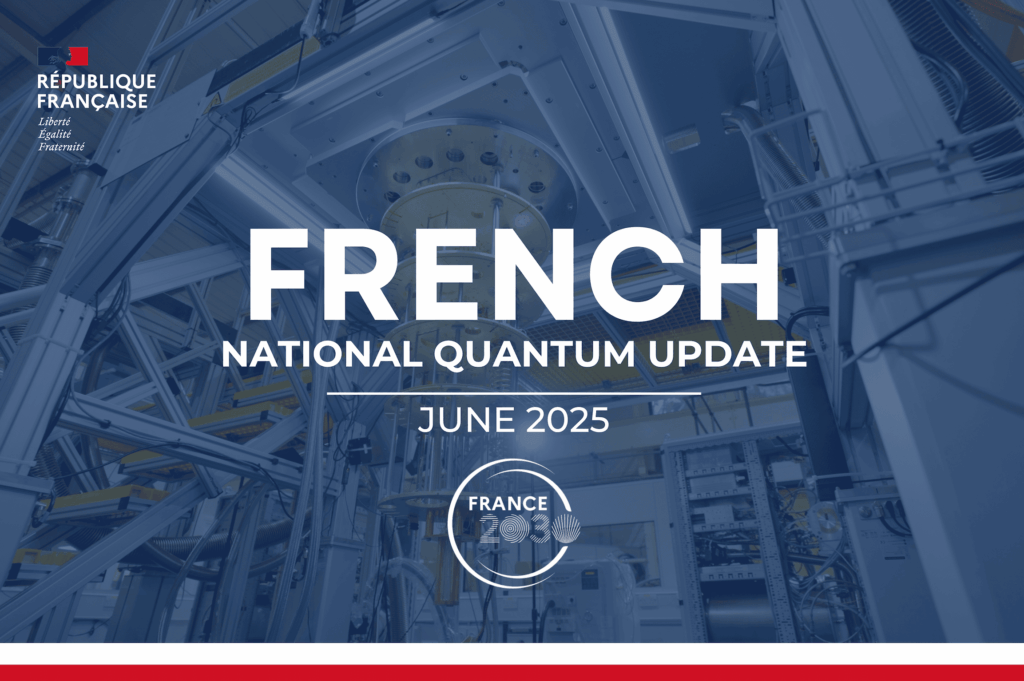Insider Brief
- Artificial intelligence technologies, especially the machine learning algorithms, have made great strides but require intense computational resources.
- Scientists from the Beijing Institute of Technology in China has developed a new type of optical neural network that can exhibit speed similar to that of quantum neural networks.
- The method and technique could open new avenues for realizing algorithmically enhanced optical neural networks, benefiting information processing in the era of big data.
- Image: Credit — Yifan Sun, Qian Li, Ling-Jun Kong, and Xiangdong Zhang
PRESS RELEASE — In recent years, artificial intelligence (AI) technologies, especially machine learning algorithms, have advanced significantly. These technologies have enabled unprecedented efficiency in tasks such as image recognition, natural language generation and processing, and object detection. However, such advanced functionality demands substantial computational power. Currently, the computational resources required are approaching the limits of what is available, making the reduction of training costs and the improvement of training efficiency for machine learning models a critical issue in the field.
To address this issue, significant efforts have been made in two research directions: optical neural networks and quantum neural networks. Optical neural networks, which use advanced optical manipulation methods to perform machine learning algorithms, offer unique advantages such as low energy consumption, minimal crosstalk, and low transmission latency. However, they have yet to demonstrate algorithmic acceleration, such as faster model convergence speed. Quantum neural networks, on the other hand, are based on quantum computing theory and have shown potential for algorithmic acceleration thanks to quantum correlations. Yet, technical limitations currently make it difficult to implement these neural network algorithms on a large scale, limiting their practical application.
In a recent paper published in Light Science & Application, a team led by Professor Xiangdong Zhang from the Beijing Institute of Technology in China has developed a new type of optical neural network that can exhibit speed similar to that of quantum neural networks. This property arises from the use of classical optical correlations to carry information, enabling a form of information processing akin to that used in quantum computing. By applying this approach to the convolution and pooling operations on the correlated optical state, the researchers have established a correlated optical convolutional neural network. This network shows a one-to-one correspondence with quantum convolutional neural networks and demonstrates accelerated training on certain datasets. It can also be applied to identify characteristics of quantum states under specific encoding principles. This method and technique could open new avenues for realizing algorithmically enhanced optical neural networks, benefiting information processing in the era of big data.

The structure of the correlated optical convolutional neural network includes four parts: the correlated light source, the convolution, the pooling, and the detection phases. The core processing involves the convolution and pooling parts, which manipulate the correlation of optical states and simplify the states by merging beams. These operations are analogous to the quantum gates in quantum convolutional neural networks.
“The convolution part of our network involves unitary operations on the correlated optical state, similar to unitary operations on the Hilbert space of qubits,” the scientists said. “The pooling part is equivalent to measuring part of the qubits to obtain a sub-Hilbert space, leading to a significant reduction in data dimensionality. Thus, these operations contribute to a faster convergence of the loss function when learning certain datasets. We also confirmed the similarity of our correlated optical convolutional neural network with the quantum convolutional neural network through the identification of the topological phase of quantum states, supported by both theoretical and experimental results.”
The scientists added, “This indicates that the properties of quantum neural networks can be realized in a more accessible manner.” Despite the potential advantages of quantum neural networks, their practical implementation requires deep quantum circuits with numerous multi-qubit gates and complex measurements, necessitating significant resources for circuit stabilization and error correction, which is technically challenging due to unavoidable environmental disturbances. A potentially better alternative is to find a system that is governed by the same mathematics as quantum theory but less affected by the environment. The proposed correlated optical neural networks represent such a system, demonstrating the potential for cost-effective and high-performance solutions that could have broad applications in various data science fields.
If you found this article to be informative, you can explore more current quantum news here, exclusives, interviews, and podcasts.

















